Emergencies
The right preparation and equipment should get you through most emergencies. Often, it’s best simply to avoid situations that could turn ugly. In a squall or thunderstorm, for example, go ashore. If you can’t, get your sailing rig down, put out an anchor (or possibly a bucket on a long line as storm anchor), and sit in the bottom of the boat.Someone who has gone overboard may need help getting back aboard. This is especially true if that person is you and you are sailing alone. In very small boats with low freeboard, you can usually climb over the gun-wale. But with a larger boat with more freeboard, this becomes increasingly difficult. On my 19' canoe yawl, I shaped the rudder so that I can use it as a step. A boarding ladder would also work. Whatever method you choose, practice using it in calm waters before you need to do it for real.

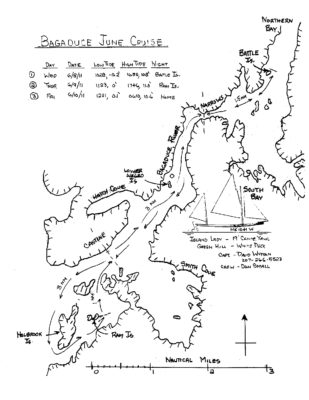

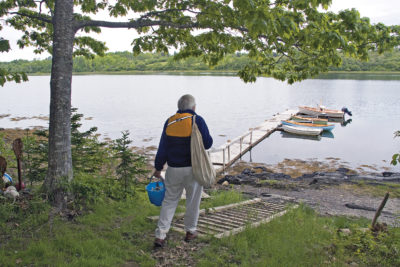
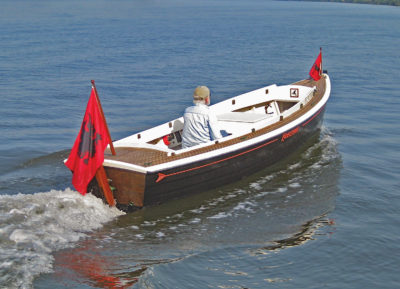
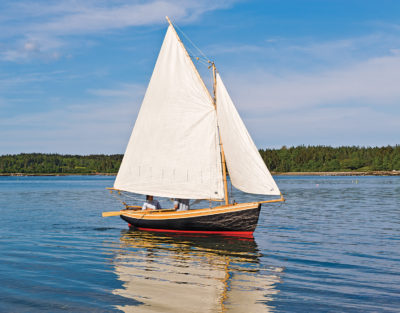
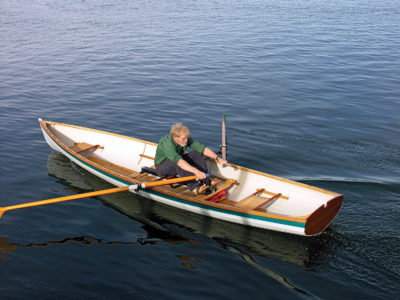
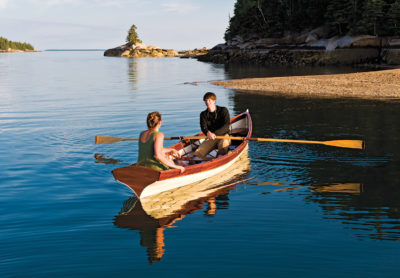
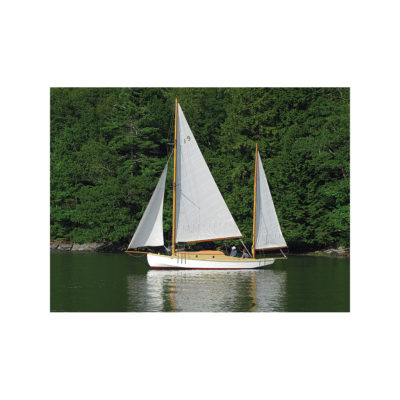
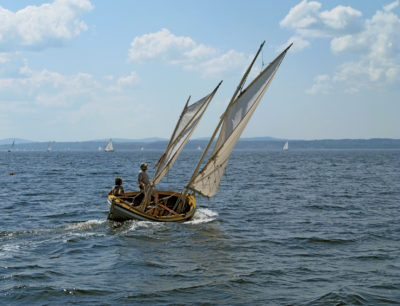
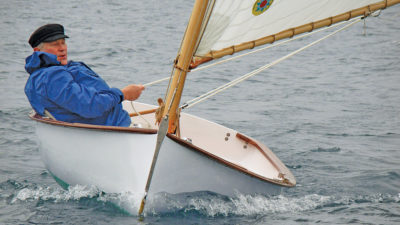
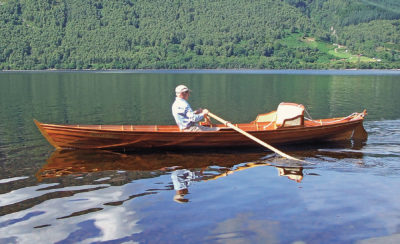
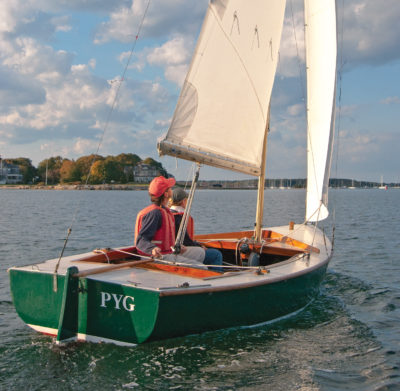
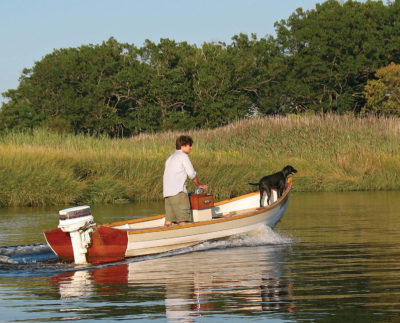

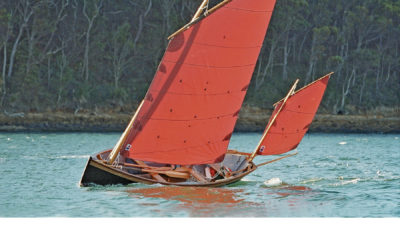
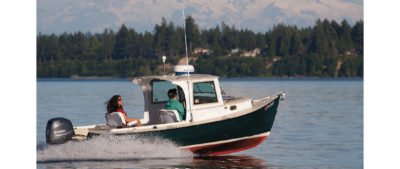
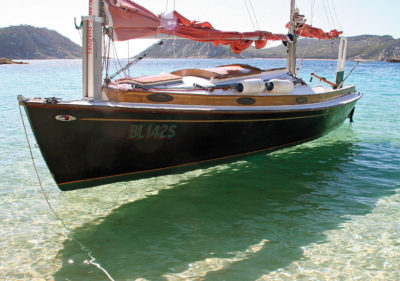
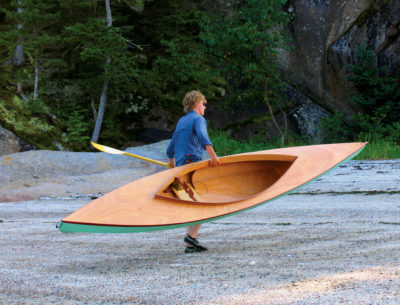
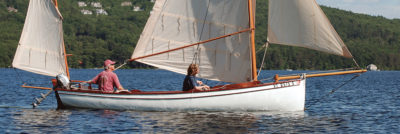
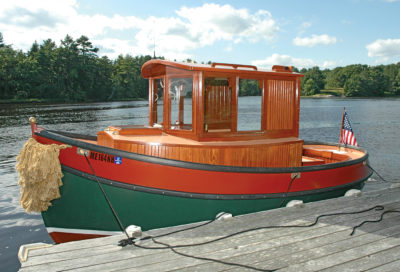
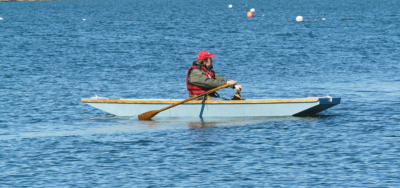
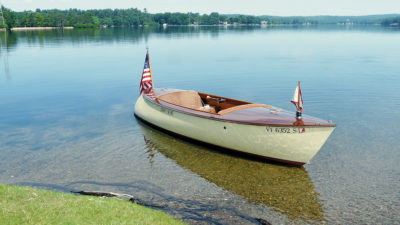
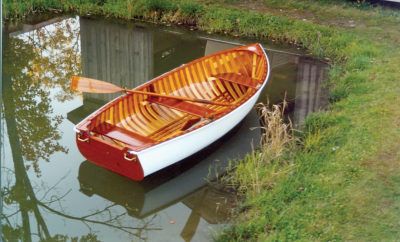
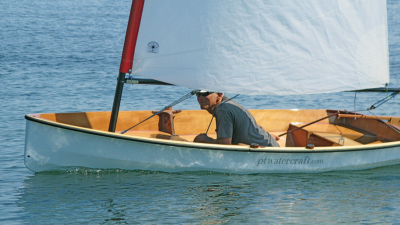
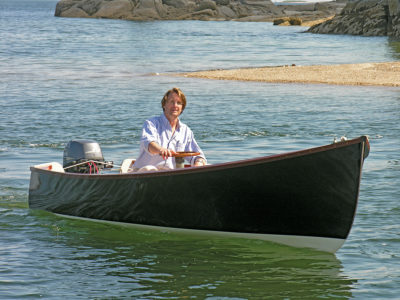

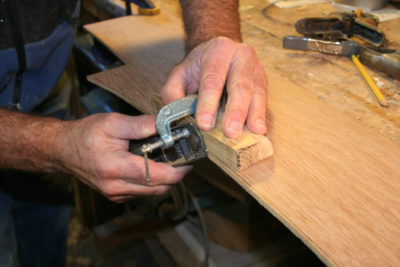
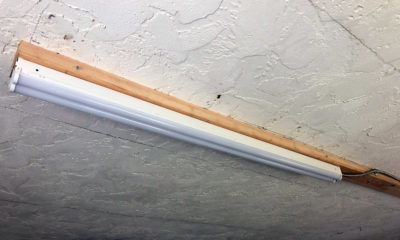
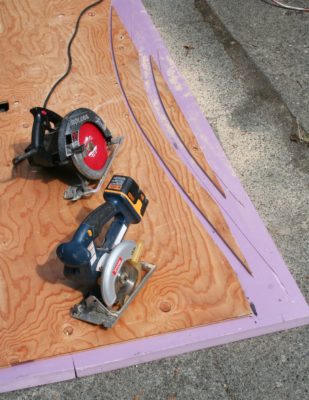
Very easy to make a webbing or rope sling to help reboard. It can be fastened to your boat where you can reach it from in the water. Grab it, drop it into the water. Step in and reboard. You need to experiment to find the right length. And slip a bit of garden hose onto the sling so it can keep it open under your foot.
I just did 40 hours on a dinghy sailing course. I am heavy and could not get back on board. Not even with a rope ladder which is a lot harder to climb than people think. I will need a solid ladder. Telescopic or fold away.
Of course, when you step into the loop of a rope ladder or sling, your feet want to go under the boat; I have found this problematic in reboarding a kayak, even with rescue assistance. It required forcing my legs out to the rear while trying to lie prone (the inflated Mae West type pfd made this difficult). But it can be done.
For flotation, your goal in a sailing boat is enough to keep the centerboard or daggerboard trunk top above water with the boat fully swamped. If you can’t do it, do as we used to do in log canoes, keep some rags, t-shirts, etc. handy to stuff into the top of the trunk.
And tie a line to your bailing bucket so you can retrieve it when you toss it overboard. Same with plastic store bought or cut-down gallon-jug bailers. I’m picky about these and when I need a bailer I look for a product in a heavy plastic jug. My hand bailer preference is my wooden leather one. Bailing fast will keep you warm.
I’ve also built a transportable battery-powered electric bailer using a welding-rod case which is helpful.
Re hypothermia: Many of us who kayak have taken to wearing dry suits. Kokatat makes the only Gore-Tex ones that I know of, and nothing less will do. Even though we generate heat while paddling, the GT works so well that after 10 or 15 minutes of overheating, the temp gradient starts pushing your sweat out through the fabric, and you suddenly realize that you are comfortable. It’s the evaporative cooling that does it, even on a hot day, even while exercising.
Now, if only someone would come up with an elastic superior to latex, we wouldn’t have to replace wrist and neck gaskets every 2 or 3 years.